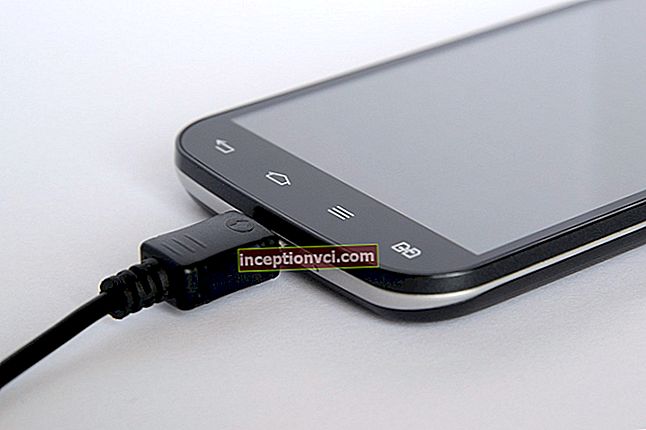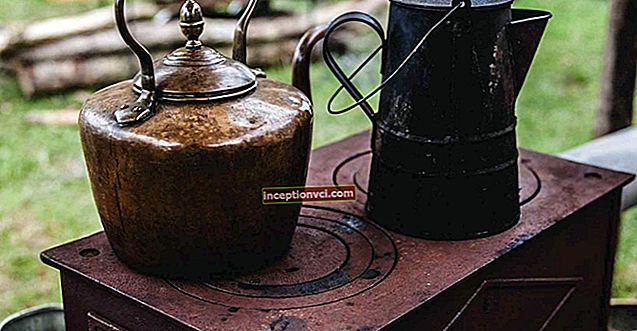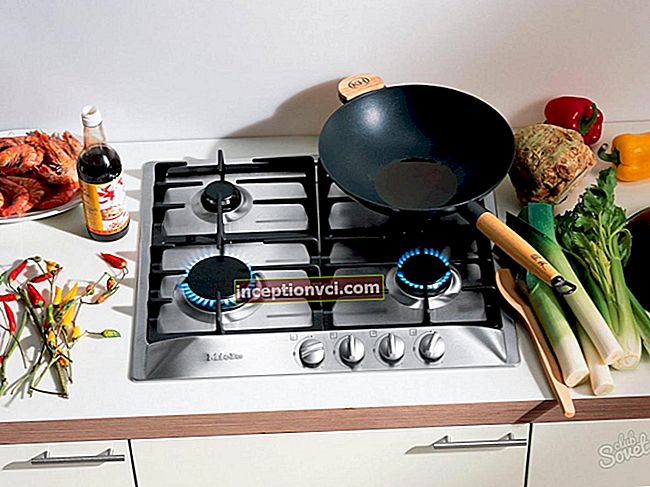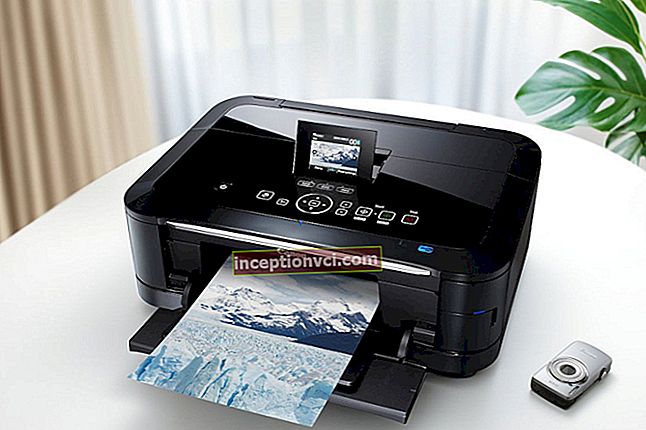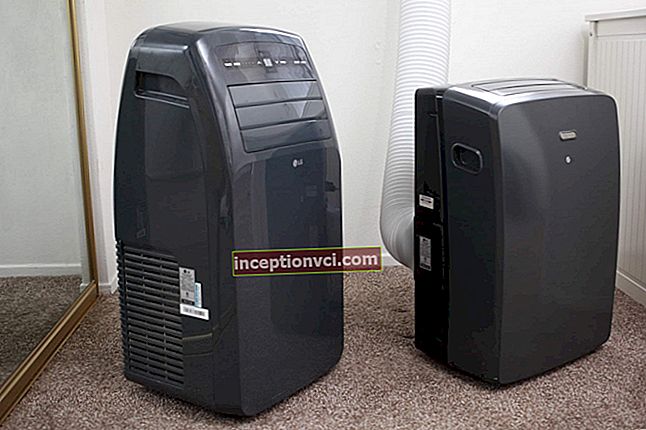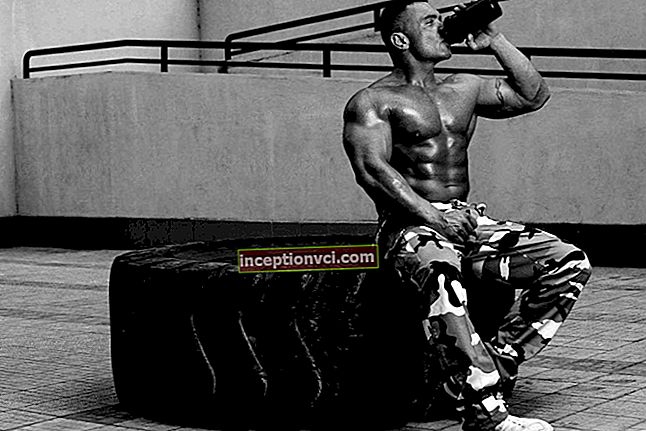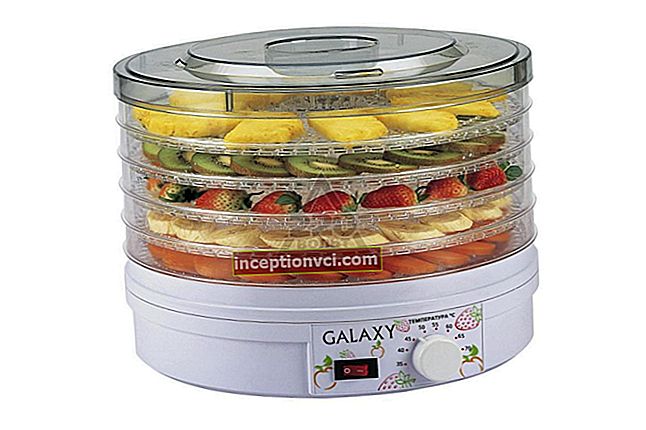Great digital camera Nikon D5000 added to the list of the company. 12.3 megapixel sensor like that of D90, the possibility of shooting HD video and a new swivel 2.7-inch LCD, Nikon D5000 designed for many beginners, has great functionality, fits between D60 and D90 by functionality and price.
Nikon D5000 improved model D60 and ranks first in the consumer SLR space Nikon, and joins a small selection of competing DSLRs that offer HD video shooting: Nikon D90, Canon 5D Mark II, and Canon 500D; can also be attributed to SLR, eg Panasonic GH1.
Appearance and style
In appearance, the Nikon D5000 is very similar to the Nikon D60 and Nikon D40x, but with a rotating display it is larger. In my opinion, the dimensions of the camera are very good, as it is not convenient to hold the camera a little smaller, especially for those with large hands. The body of the D5000 is made of high-quality, touch-friendly plastic.

Looking at the camera from the front, we can see the brand name on the grip - a red "tick" by which the Nikon camera is recognized, below is an infrared receiver, with which we can control the camera with the ML-L3 remote control. The receiver is located logically - holding the camera in hand, the remote control is not needed.
Looking at the "D5000" logo, we see three microphone holes.
The built-in flash in some scene programs, and in Auto modes, is capable of jumping out automatically, in other modes you need to raise the flash manually. When shooting with a hood and flash, it is better to remove the hood, as the hood may give a shadow.

On the side of the camera there is a compartment with three connectors under a dense cover. The first connector is designed to connect the GP-1 GPS module, it will allow you to save the image along with the coordinates of the place where it was taken, you can also connect the MC-DC2 wired remote control to this connector. The second connector is combined - USB / AV. The third one is mini-HDMI, designed to connect to a large high-definition TV in order to view photos and videos, the mini-HDMI cable is not included in the kit, you need to buy it separately.

The camera uses a Li-Ion EN-EL9a battery with a capacity of 1080 mAh. The camera uses an SDHC / SD memory card to transfer and record information.
It is very convenient to put your index finger on the shutter button, and you can not remove it for a long time, since it lies very conveniently and the control wheel lying on the back panel is convenient to rotate with your thumb. Compared to the Canon 500D, the wheel is located close to the shutter button, while the index finger must constantly jump from one place to another. For convenience, the wheel of the Nikon D5000 is slightly tilted.

Small viewfinder, magnification slightly less than 0.8x on the Nikon D60 and D40x at 0.78x. But if there is a composite grid in the viewfinder, it compensates for the magnification. The adjustment range of the diopter correction is too small and ranges from -1.7 to +0.7 diopters. If you have imperfect vision and the shooting is carried out without glasses, then you may not have enough range.
The display has a resolution of 230,000 dots. Today, a large number of SLR cameras are switching to a resolution of 921,000 pixels, the display quality is getting better, but the difference by eye is not very big. In bright sun, the brightness of the display can be adjusted, which is very convenient.
You can use the camera monitor in a variety of situations, for viewing photos and videos, viewing image settings, changing settings, and for sighting in live view.
The camera has a swivel screen that is able to bend away from the body and rotate at almost any angle along the axis; you can also make a self-portrait with the help of such a screen.
The bottom mount of the monitor is very convenient compared to the mount from other manufacturers, but if you shoot from a tripod, you will have problems, since the platform will interfere with the bending of the camera screen.
Other manufacturers also have swivel screens but only fold to the side, but they do not have video recording, so the Nikon D5000 is not the first DSLR camera with a rotating display and video recording.

Compared to cameras made by Sony, Pentax, Olympus, in which the stabilizer is installed in the camera, in Nikon the stabilizer is installed in the lens itself, even in budget lenses the stabilizer is built-in, for example, in such as 18-55 equipped with VR (the system wins up to 3 stops when the shutter speed can be increased by 8 times), and with the 18-200 lens it has the VR II system (if there are 4 stops, the shutter speed can be increased up to 16 times).
The Nikon D5000 uses the same Nikon F mount as the Nikon D60 / D40x, which means that a wide variety of lenses will fit this model, even those released in the film era. In this model, as in other junior models, the lens is not connected to the body, meaning there is no focusing motor installed in the body, and to buy lenses in which a motor is installed, for example, the line of Nikon AF-I and Nikon AF-S lenses.
Control
There are not so many buttons on the camera body, it seems to me that the set of functions is not so optimal, for example, the "INFO" button and the "i" button have similar functionality, there are also two buttons that change the scale, although from my point of view it is possible was to entrust this case to the wheel. From this it turns out that if we want to change the ISO sensitivity settings or the white balance, we need to press the "INFO" button or go to the main menu of the camera, which is not always convenient and you can lose a good moment. But now you can please a little everything in one programmable button " Fn ", you can program the function you often use, this button will slightly improve the situation.
In the immediate vicinity of the thumb, we will see the "Lv" button, which turns on / off the live view, apparently the developers believe that it is the main one, but in my opinion it is not the main one, and everything is auxiliary only for this type of class of SLR cameras.
The screen menu is comfortable and very good, but sometimes the menu could be faster. The screen menu is made as a linear list, and not as in others in the form of a matrix. The menu can also be enclosed in a ring, but the speed of movement through the menu will not be faster. For some reason, the wheel cannot be used to change the parameters, and the current can not be used to move through the menu items. The design of this device makes it possible to conveniently move and change parameters if you press certain keys and at this time scroll the wheel. But here, in the menu navigation, you have to press the navigation buttons repeatedly to move, and if you have selected the desired item, you only need to use the arrow buttons to change the item, this use of the menu reduces convenience and slows down the shooting of the desired frame. But if you have used the compact before, then it will be easier for you to use the Nikon D5000 menus.
Using one of the two schemes, we can see information on the screen about shooting parameters, a graphical view - here much attention is paid to viewing a schematic animated image, in which you can see the opening and closing aperture, clearly shows the value of the aperture number, we can also see the dotted line which denotes the exposure duration, we can also see the usual classic view - it shows the value of the parameters in the form of a table, and if you turn the screen to portrait orientation, the image is automatically flipped, which is very convenient.
At the time when we change the parameters or just travel through the menu, we can see constant tooltips.The hints pop up on their own, but you can still press the "?" call a hint, and even when you are trying to take a good shot, and at this time there is not enough lighting and the flash is not raised, a question mark blinks on the screen, which attracts your attention. Nikon D5000 is a DSLR camera, with an excellent interface, focused on the purchase of a novice user.
A small nuance in this model and other Nikon SLR cameras is how strangely the exposure compensation is implemented. By default, the system works like this, when you turn the wheel to the right, the exposure compensation goes to minus and the image becomes dark. And when you turn the wheel to the left, then the exposure compensation goes to plus and the image becomes bright. Almost all the electronics that surrounds us have various controls, such as iron or virtual, and when moving clockwise or up or to the right, the parameter of a certain setting increases, on the contrary, the parameter decreases. This standard is generally accepted, but Nikon has done the opposite, but you are not upset, since in the settings menu you can change the rotation of the exposure compensation. Anyone who switches to a DSLR camera can thus adjust all the settings for themselves, which is very convenient for a beginner.
It can also be noted that the exposure compensation range for this model is minus-plus five stops, compared to other models of this class in which minus-plus two stops.
Menu


Some time after buying Nikon D5000, before that time you used a camera of another brand, then the menu will seem illogical to you, but with time you will get used to it. In the menu, all items are well arranged, which makes it easy to use.
In the settings menu, you can use the ability to limit the maximum shutter speed and sensitivity, and adjust bracketing. There is also a setting for other small details that are not found in other cameras of this class. The camera also has a photo editor, you can apply a large number of different effects, crop, color balance, distortion control, create slideshows with music, create collages, and also process RAW files. It turns out to be a small graphical in-camera editor.
Viewing the image in this unit is very convenient. The screen can display up to 72 pictures at a time, and can also be used with the option of viewing photos by calendar.
Not only for a full frame, the camera can show a histogram when part of the photo is zoomed in. By viewing more than 1: 1, we will be able to see the quality of the image. This ability is very convenient, since we will be able to see the sharpness of the image, as well as appreciate the detail.
When D-Lighting is on, the recording time on the memory card will increase. Also, simple D-Lighting can be applied programmatically through the camera menu.
Functions
The Nikon D5000, like the Nikon D90, is equipped with a 12-megapixel APS-C sensor and the latest generation EXPEED processor. Same as D90's Nikon Multi-CAM 1000 AF. The presence of 11 focus points, which are arranged in a diamond shape, is a big step up from the D60, which has three focus points.
Four AF area modes: dynamic AF for moving subjects, manual selection in single-point AF, dynamic AF for moving subjects, and 3D-tracking AF.
Excellent focusing in light and decent in dark places. If you are shooting athletes or animals, Dynamic AF is the best choice.
The main functionality of the Nikon D5000: the processor, sensor, exposure metering and autofocus are identical with the older D90 models, but work a little weak at the budget level.
The sensitivity of ISO D5000 ranges from 200 to 3200, but it is possible to set ISO 100 and 6400.
It is best to shoot in RAW format which Nikon has NEF, but you can also shoot in RAW and JPEG at the same time.
But if you only want to shoot in JPEGs, the D-Lighting function is useful, which brightens the shadows.Today, almost all manufacturers have a D-Lighting function, but you need to know that this technology was first introduced by Nikon. Several D-Lighting options can be adjusted with this model. Set to Auto, or D-Lighting bracketing can be best used by pressing the shutter button twice, as pressing once will not take the camera twice.
White balance adjustments are rich in possibilities. You can set it to "Auto" or there are 5 options according to the sample, and it is also possible to set the temperature in Kelvin degrees.
There are six color schemes for you to choose from: Neutral, Standard, Portrait, Monochrome, Vivid and also Landscape. This camera is capable of taking 11 RAW pictures and 63 JPEG pictures. The shooting speed is 4 frames / second, only for this you need a high-speed memory card.
The self-timer is automatically turned off when a picture is taken, very great care was taken for a novice photographer, as he may forget to turn off. But the big trouble will be for those who shoot from a tripod and want to avoid concussion; after each shot, he will need to turn on the timer again. An alternative would be to enable enable shutter lag.
A good function for cleaning the matrix when turning the camera on or off. It's good that it is there, because you can always know that everything is in order with your matrix and the frames will turn out to be good.
The fight against dust can be solved in different ways, for example, an ultrasonic motor that shakes off dust from the filter in front of the matrix, as well as by controlling the air flow inside the case, every time the shutter is released, the air flow blows dust off the matrix.
The shutter service is 100,000 shots. But you don't need to think that after 100,000 releases of the shutter it will break, it may last longer or less.
Useful article: "3 common reasons why the camera does not turn on"
Video
“D-movie” is the name of the developers of video filming in D3000, you can't even understand how to enable it, there is only a resolution setting, the maximum resolution can be set up to 1280x720 with a frame rate of 24. To enable video filming, press the "Ok" button from live mode. At the same time, we will see a bar on the screen that will show how long until the end of the recording of one video clip that does not exceed five minutes. The limitation will not cause much inconvenience, since in most cases we always record short episodes, but when recording a lecture, you will need to restart the video recording every five minutes.
When shooting video, autofocus does not work, it will not be a big deal, since it is worth watching modern films, they all consist of fragments, fixed focal lengths, but zooming in the frame is very rarely noticeable. Very often you can find in the frame, the transfer of sharpness and one face to another, from one face to the background, as well as from one plan to another plane - all these possibilities are available for Nikon D5000. Compared to compact cameras and home camcorders, the D5000 has a shallower depth of field. The D5000 is designed to get professional and beautiful focus translation, and you can also blur the background and leave the hero in the foreground in focus.
This means that in order to shoot a video, you must first adjust the focus, zoom, shoot continuous fragments, and then cut and glue the resulting episodes in an external editor. It must be remembered so as not to spoil the frame, that if you often switch from photo to video shooting, you have to switch to manual focusing mode each time, and when returning to photography, turn on auto focusing mode.
Test shots
The strong point of the camera is shooting with a high ISO value, since the sensor is the same as in Nikon D300.
Shooting at ISO 1600 is excellent, noise is subtle, and color and detail are excellent. White balance misses were sometimes noticeable. In daylight, autofocus is fast, but at night the autofocus sometimes starts to get lost.
F / 4.2

F / 5.6

F / 8

F / 11

ISO 100

ISO 200

ISO 400

ISO 800

ISO 1600

ISO 3200

ISO 6400

D-Lighting disabled

D-Lighting On

Output
Pros:
The kit lens has an excellent stabilizer.
Very low noise at high ISO.
Correction of chromatic aberration automatically.
Decent swivel display.
Video can be shot in 1280x720 resolution.
Minuses:
Autofocus does not work in video shooting.
There is no microphone jack.
Limit on video.
For those with large hands, the handle will seem small.


